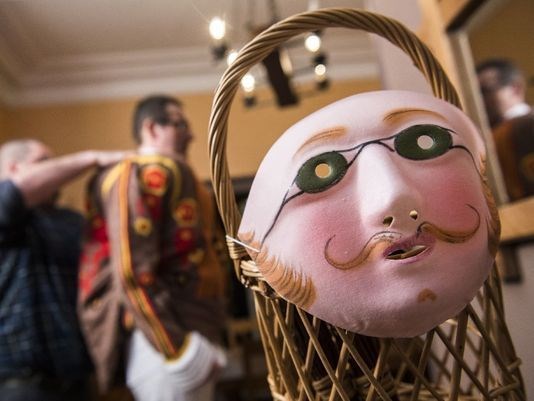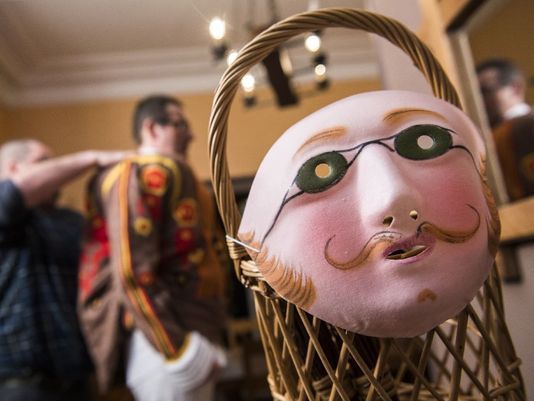
Although April Fools’ Day is not a public holiday in any country, it has been celebrated globally for many centuries. The holiday's roots are a bit fuzzy. Some say it started as a way to mark a changing season. Others say it's tied to a calendar shift in France in the 1500s that moved New Year's Day from the end of March to Jan. 1 — "fooling" some who stuck to the original calendar.
“The origin of April Fools’ Day is very obscure. There is a variety of different explanations, reasons and causes, so I can’t give a definite answer,” said Joseph Boskin, professor of history at Boston University and author of Humor and Social Change.
Alex Boese, author of The Museum of Hoaxes: A History of Outrageous Pranks and Deceptions, speculates that the holiday probably originated as a festival to celebrate spring. “Throughout history we can find many similar spring festivals that usually involve pranks and mischief,” he said.
Many adults hate the holiday, Boese said, but people who delight in trickery have kept the tradition alive.
In the 19th century, the day was considered a children’s holiday in Europe and North America. Children got to misbehave for a day, despite their parents’ annoyance. The streets in London and New York were filled by children known as “street urchins" who devised all kinds of mischief.
In the 20th century, April Fools' Day evolved into a global holiday, and journalists started to embrace the day, using it to show off their creativity by writing crazy stories. In the 21st century, companies such as Google, Virgin and BMW discovered that it’s fun to connect to customers with a sense of humor, according to Boese.
April Fools’ Day is crucial in society because people need at least one out of 365 days to express their inner clown in a pro-efficiency environment where playfulness is not always revered, Boskin said.
Allowing people to misbehave and break social rules for one day reinforces the social order, Boese said. “A glimpse of what chaos would look like reminds everyone why they need to behave for the rest of the year,” he said.
Pulling practical jokes can be a lot of fun, but humor experts warn against crossing the blurred line between humor and harm. “The first rule is always to do no harm. And nothing illegal,” Boese said.
Boskin advises people not to use humor as a weapon. “No joke should go so far to hurt or insult,” he said.
The Museum of Hoaxes, a website also run by Boese that is dedicated to recording pranks and mischief, picked some of the top pranks. Among them:
- Spaghetti trees: April 1, 1957. The BBC news show Panorama convinced people that farmers in Switzerland were growing spaghetti crops. A video showed Swiss farmers pulling strands of spaghetti from trees. Many viewers were fooled and called BBC to ask how they can also grow their own spaghetti tree. BBC replied: "Place a sprig of spaghetti in a tin of tomato sauce and hope for the best."
- Color TV: April 1, 1962. Sweden’s SVT (Sveriges Television) invited its technical expert onto news show to demonstrate how viewers can convert their black-and-white TV into color TVs: Pull a nylon stocking over the TV screen and the color will change.
- Flying penguins: April 1, 2008. The BBC’s natural history series Miracles of Evolution showed footage of Adélie penguins flying in a convincing video clip, which was actually animated.
- Left-handed burger: April 1, 1998. A Burger King ad in USA TODAY introduced the "Left-Handed Whopper" — specially designed for the 32 million left-handed Americans. It has the same ingredients as the original Whopper but was rotated 180 degree to "ensure better grip on the bun." Thousands of customers requested the new burgers, while many others requested their own right-handed version.
"April Fools' Day is a far more important holiday than most people recognize. By designating a day for humor and pranks, we create a safe space for a wider range of expression," said Maurice Schweitzer, researcher of humor and professor at the Wharton School of the University of Pennsylvania.
According to usatoday.com









